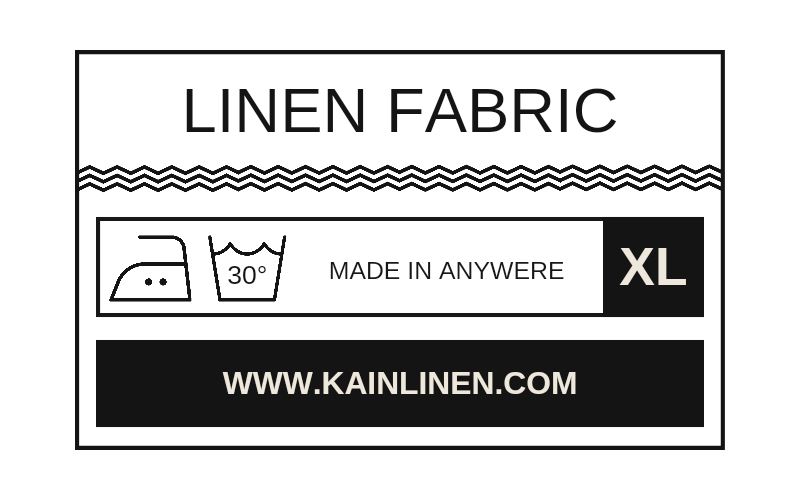Discover the qualities and uses of linen fabric, a sustainable and breathable textile made from flax fibers.
Learn about its benefits, care tips, and why it's a popular choice for clothing, bedding, and more.
Introduction to Linen Fabric
Linen fabric is a versatile textile that has been cherished for centuries for its exceptional qualities and sustainable nature.
Made from the fibers of the flax plant (Linum usitatissimum), linen offers a range of benefits, from its breathability and moisture-wicking properties to its durability and natural appearance.
Key Features and Qualities of Linen Fabric
Linen fabric possesses several notable features that set it apart from other textiles:
- Breathability and Moisture Absorption: Linen is highly breathable, allowing air to flow through the fabric easily. It has the unique ability to absorb moisture while still feeling dry to the touch, making it an excellent choice for hot and humid climates.
- Lightweight and Comfortable: With its airy and lightweight feel, linen fabric provides comfort and freedom of movement. It drapes elegantly and allows for natural ventilation, keeping the wearer cool and comfortable.
- Sustainable and Eco-Friendly: Flax, the plant from which linen is derived, is a sustainable and environmentally friendly crop. It requires minimal water and pesticides compared to other fibers, making linen a preferred choice for those seeking eco-conscious textiles.
- Durability and Strength: Linen is known for its exceptional strength and durability. It is two to three times stronger than cotton, ensuring that linen products can withstand the test of time with proper care.
- Temperature Regulation: Linen fabric helps regulate body temperature, providing a cooling effect in warm weather. Its breathability and moisture-wicking properties contribute to its ability to keep the body comfortable and dry.
Versatility and Uses of Linen Fabric
Linen fabric finds applications in various areas due to its versatility:
- Clothing: Linen is a popular choice for clothing, particularly in warm climates. It is used to create shirts, dresses, trousers, skirts, and other garments that offer both style and comfort.
- Bedding and Home Textiles: Linen sheets, pillowcases, and duvet covers are highly sought after for their softness, breathability, and natural elegance. Linen is also used for curtains, tablecloths, napkins, and towels, adding a touch of sophistication to home interiors.
- Upholstery: Linen fabric is commonly used for upholstery due to its durability and resistance to pilling. It adds a touch of sophistication to furniture while maintaining a comfortable and breathable seating surface.
Caring for Linen Fabric
Proper care ensures the longevity and appearance of linen fabric:
- Washing: Linen can be machine or hand washed using a gentle cycle with mild detergent. It is advisable to wash linen separately from other fabrics to prevent excessive wrinkling.
- Drying: It is recommended to air dry linen whenever possible to minimize wrinkles. If using a dryer, choose a low heat setting to avoid shrinkage.
- Ironing: Linen fabric has a natural tendency to wrinkle, but this can be easily managed. Ironing while the fabric is slightly damp or using a steamer can help remove wrinkles effectively.
In Conclusion
Linen fabric stands out as a sustainable, breathable, and durable textile. Its unique qualities make it a preferred choice for clothing, bedding, and home textiles.
By embracing linen, you can enjoy the comfort and elegance of this timeless fabric while contributing to a more eco-friendly lifestyle.





Posting Komentar untuk "Linen Fabric: A Sustainable and Breathable Textile"